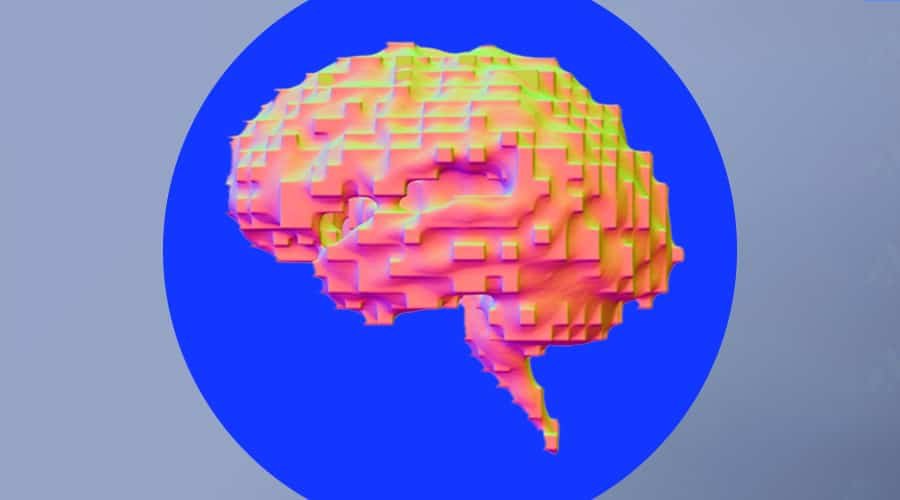Source – https://www.analyticsinsight.net/
Artificial intelligence is coming to the cloud… including cloud storage – and it’s hard to even imagine how much things could change as a result. Hundreds of millions use a file-sharing app for personal reasons – family photos, documents, etc. But businesses need storage space, too. Plenty of providers offer huge amounts of cloud storage for as little as US$100 per year, but the day is coming when it won’t matter much which provider gives more space for a cheaper price. We’ll all likely be hunting for the service with the best AI.
As of this month, Google Photos no longer offers unlimited free storage. But in that somewhat sad, although inevitable news, is some missed the news about the huge leaps Google Photos has taken with machine learning. The “memories” feature is a stand-out. Photos that show up in “memories” are automatically selected and sorted with AI help, but Google is finding ways to give users more control over how they are sorted and shown. For example, the service will pick out pics that might have ‘rather subtle patterns’ and will then generate a gallery or “story” for you with them. Even something as simple as a “visual trend” might be all the AI needs to offer you a selection or a “story.” And AI is helping photos be more sensitive as well. A sad event – such as a breakup – might trigger the hiding of certain photos that feature certain people.
In a blog post, the Vice President of Google Photos Shimrit Ben-Yair wrote about another interesting feature that wouldn’t be possible without AI. “Last December,” Ben-Yair wrote in May 2021, “we launched Cinematic photos, which use machine learning to create vivid, 3D versions of your photos. Taking this a step further, we’re using computational photography to really bring these memories to life. When you’re trying to get the perfect photo, you usually take the same shot two or three times — trying to get all my kids smiling and looking at the camera at the same time is a challenge, to say the least. Using neural networks to synthesize the movement between two nearly identical photos and fill in the gaps with new frames, we can create vivid, moving images called Cinematic moments.”
Does all that scare or excite you? For some, things like the above evoke a chapter out of a dystopian novel of the future, but for others, they seem like nothing more than a logical conclusion of computing. We want machines that serve us, and if we train them how to do that really well, should the fact that they hear, read and analyze our lives, photos, videos, conversations, and more give any cause for concern? Is a “filled in” photo fake or creative?
How would you feel about the following: You just finished a phone conversation with your sister during which you discussed a trip your families made to Italy in 2005. You also talked about an upcoming anniversary and the need to purchase a gift. A little later that same day you receive a folder from your AI cloud-based assistant that contains images of the 2005 trip to Italy and an offer to send them to your sister. Then, a few hours later as you are driving – or hopefully being automatically driven – up pops on one of the vehicle’s screens a selection of appropriate anniversary gifts.
This is a future that we taste already. Alexa, for example, sits in many homes listening to us and being directed by us. Voice technology, facial recognition, the synchronization of calendars, and schedules are all so commonplace that they’re hardly worth commenting on. Soon, many believe, artificial intelligence is going to do a lot more than just make “smart” suggestions or connections. Artificial intelligence alongside cloud computing could revolutionize business. Call it a merger. Cloud computing and AI allow users to analyze and draw conclusions from stored data. This could result in significantly improved productivity. Think streamlined workflows using AI tools that make corrections to inefficient systems, without a human ever lifting a finger.
Most of us would think 5T of cloud storage could last a lifetime but think about the storage needs of, say, Tesla. Big businesses – with the aid of AI – are already combining cost-effective public and private clouds as well as what’s being called “hybrid clouds,” ideas that will need to be perfected as the amount of data that will need to be stored is going to be astronomical.
Artificial intelligence or machine learning is set to and is already disrupting life as we knew it just a decade ago. For a futurist, it’s exciting to know they will likely live to see big leaps forward, as even a person living to the year 2040 is going to experience at least a sampling of the radical changes coming in the second half of the century. The “AI cloud” is now more of a concept than a firm reality and is very slowly being used by a select number of companies. But AI tools and software keep delivering value to cloud computing and an integrated reality is just around the corner.
